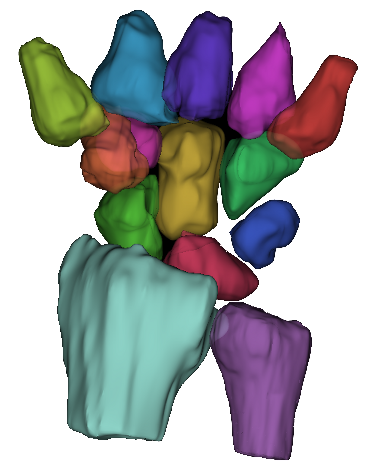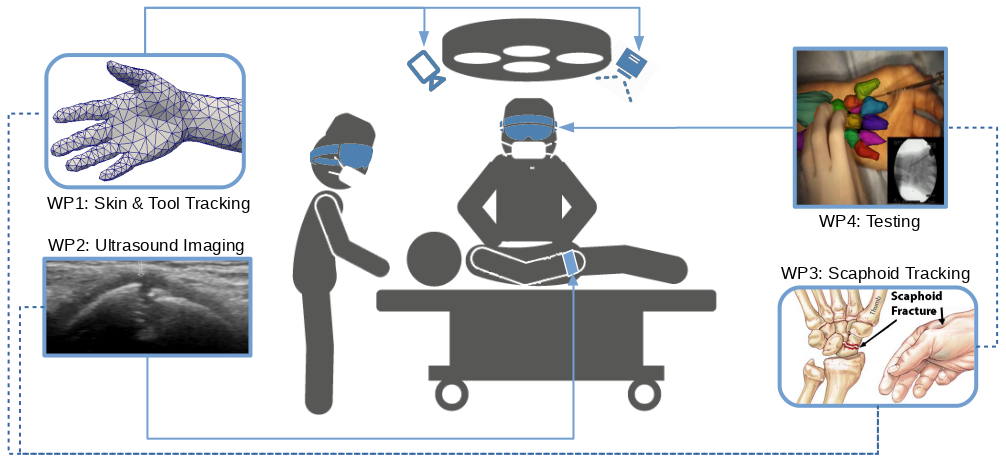Motion Tracking
Throughout a wrist surgery, the motion of the patient's wrist - and the surgical tools interacting with the wrist - need to be accurately tracked in a way that does not distract the surgeon from their task. Existing surgical tracking systems use electromagnetic probes which are cumbersome to operate and may have difficulty track small bones like the ones in the wrist.
In HoloWrist, digital 3D models of the surgical tools and patient's wrist will be created. These models will then be match to the 3D scene recorded by the new multi-camera imaging system. These cameras will be placed above the surgeon so as to not distract their work.








